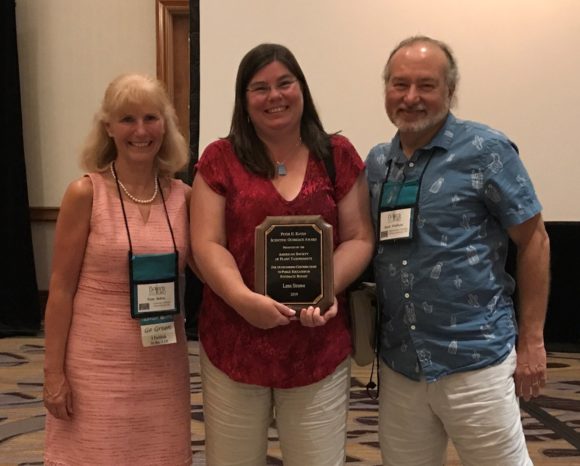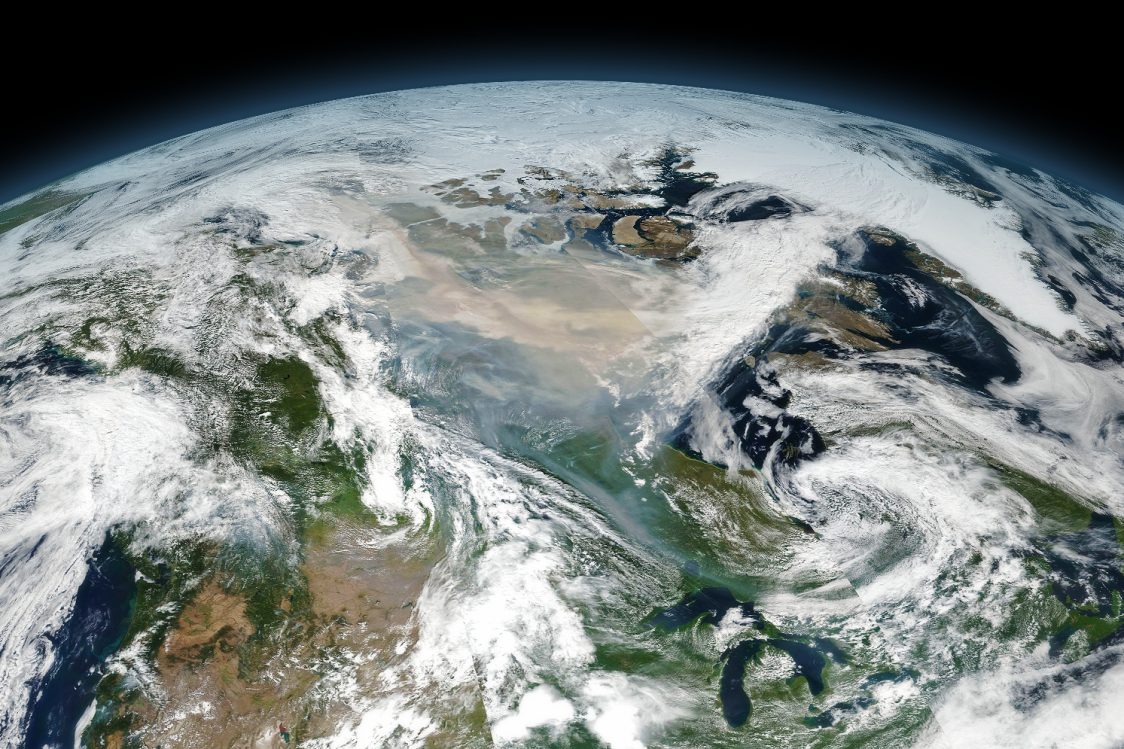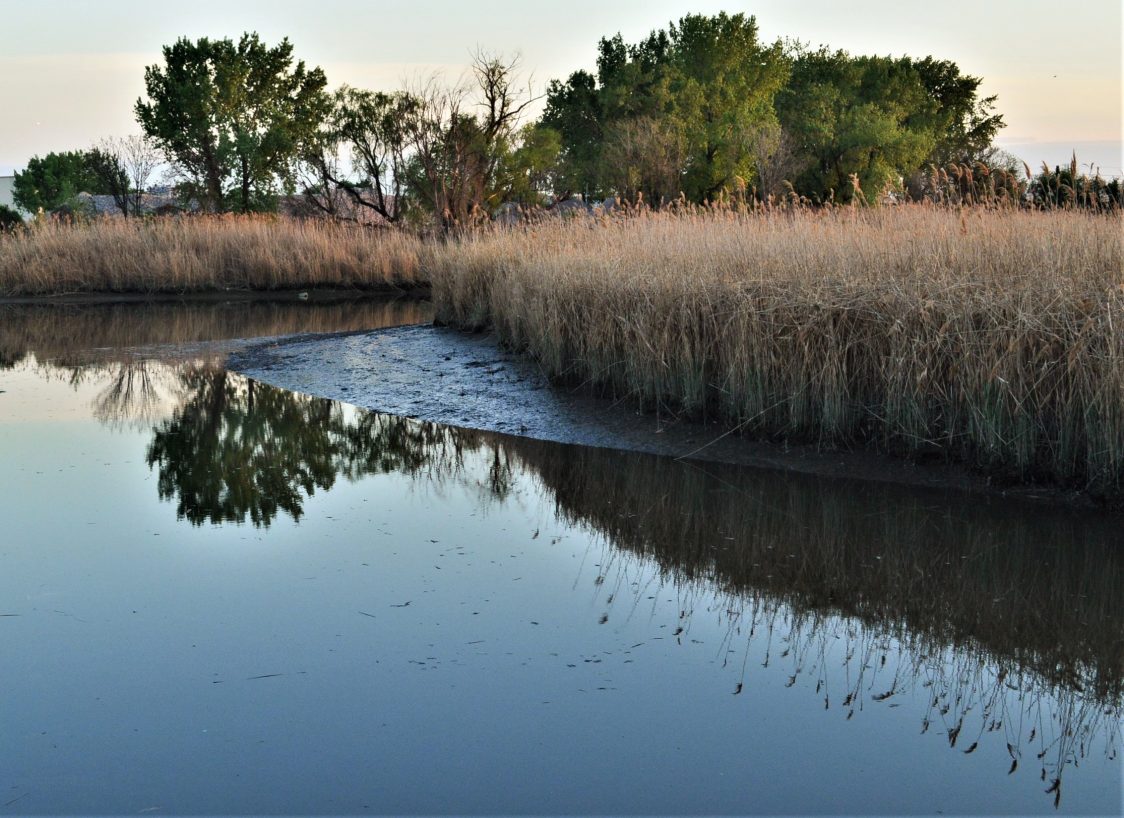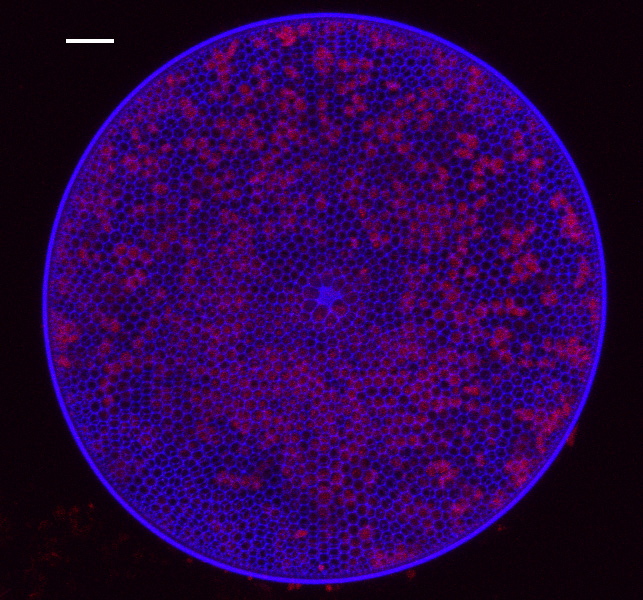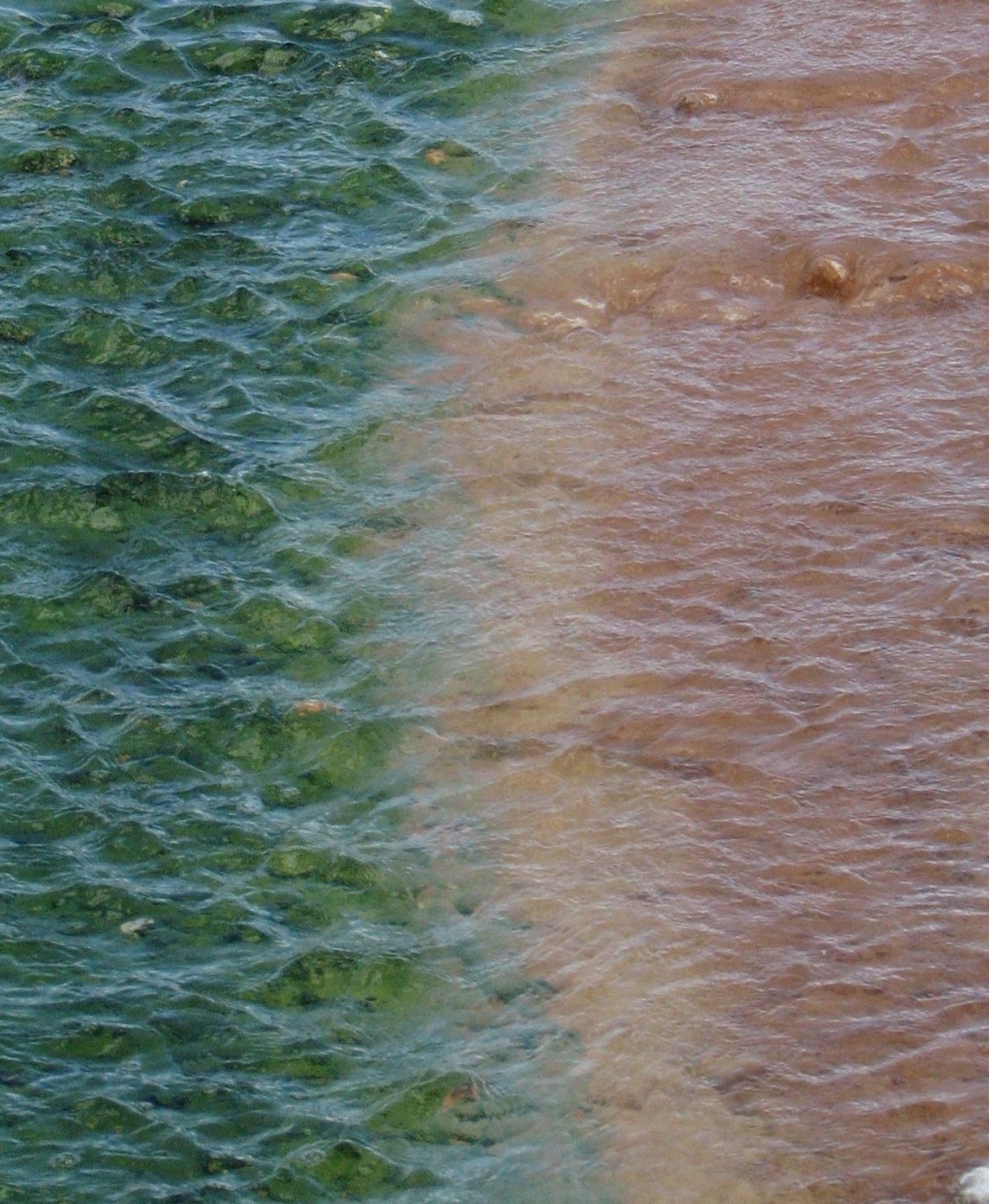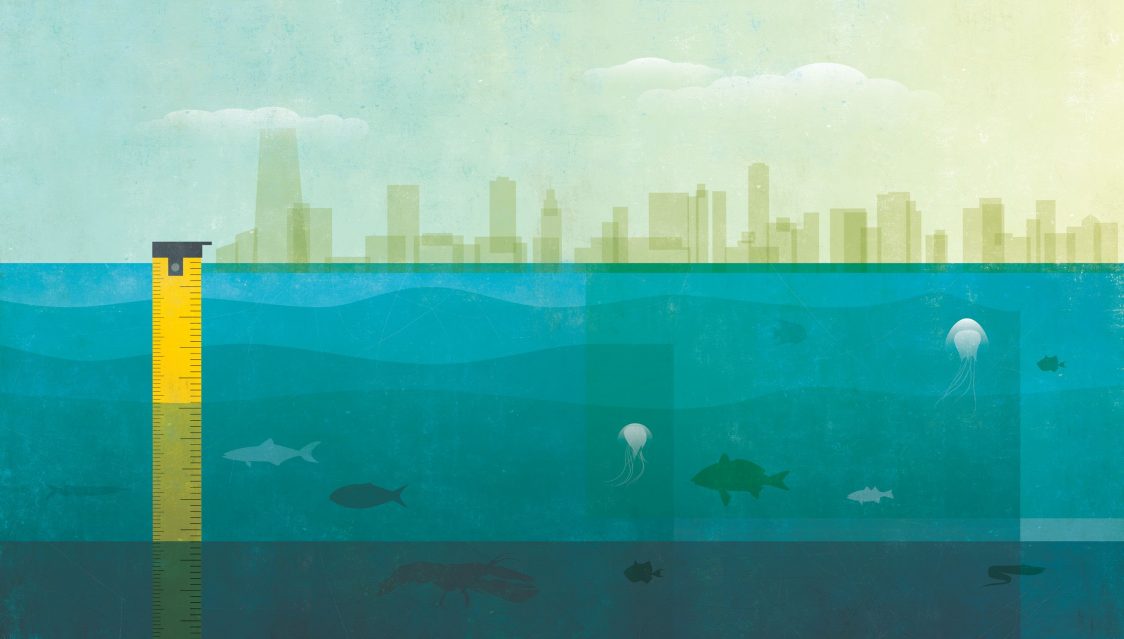N.J. is one of the fastest-warming states in the U.S., according to a Washington Post article titled “2°C: BEYOND THE LIMIT: Extreme climate change has arrived in America.” EOAS faculty members Anthony Broccoli, Dina Fonseca, and David Robinson are quoted in the story. Read it here.
Scientists Discover Key Factors in How Some Algae Harness Solar Energy
Rutgers-led research could help lead to more efficient and affordable algal biofuels Scientists have discovered how diatoms – a type of alga that produce 20 percent of the Earth’s oxygen – harness solar energy for photosynthesis. The Rutgers University-led discovery, published in the journal Proceedings of the National Academy of Sciences, could help lead to more efficient and affordable algae-based biofuels and …
Lena Struwe Receives American Society of Plant Taxonomists’ 2019 Peter Raven Award for Exceptional Outreach to Non-Scientists
The American Society of Plant Taxonomists (ASPT) announced that Lena Struwe, professor and director of the Chrysler Herbarium at Rutgers School of Environmental and Biological Sciences has been selected as the 2019 recipient of the Peter Raven award. The award is named for Peter Raven, eminent botanist and president emeritus of the Missouri Botanical Garden, and is presented to a plant systematist …
Mega-Cloud from Canadian Wildfires Will Help Model Impacts of Nuclear War
British Columbia wildfires in 2017 created a massive cloud that circled the Northern Hemisphere Extreme wildfires in British Columbia, Canada, pumped so much smoke into the upper atmosphere in August 2017 that an enormous cloud circled most of the Northern Hemisphere – a finding in the journal Science that will help scientists model the climate impacts of nuclear war. The pyrocumulonimbus (pyroCb) cloud …
How Quickly Are Glaciers Melting? TIME Speaks With EOAS’ Rebecca Jackson
EOAS faculty member Rebecca Jackson’s recent research, published in the journal Science, is covered by TIME in a story titled “Glaciers Are Melting Underwater. It’s Worse Than Previously Thought.” Jackson told TIME, “The existing theory is wildly inaccurate at one glacier . . . that ‘should lead us to be very skeptical of its current use in studying any tidewater glacier.’” The …
“Legacy” Mercury Pollution Still a Problem in New Jersey Meadowlands Waters
Rutgers-led study shows the impact of decades-old upstream contamination “Legacy” mercury pollution from decades ago and miles away is an important source of contamination in New Jersey Meadowlands waterways, according to a Rutgers-led study that could help guide cleanup efforts. The study in the Journal of Hazardous Materials identified upper Berry’s Creek and its tributary, Peach Island Creek, in Bergen County, as major …
Algae-Killing Viruses Spur Nutrient Recycling in Oceans
Rutgers-led team confirms an important role for viruses that infect algae in marine waters Scientists have confirmed that viruses can kill marine algae called diatoms and that diatom die-offs near the ocean surface may provide nutrients and organic matter for recycling by other algae, according to a Rutgers-led study. The study in the journal Nature Microbiology also revealed that environmental conditions can accelerate …
Red Algae Steal Genes from Bacteria to Cope with Environmental Stresses
Research could lead to designer algae that produces fuels and cleanup chemicals It’s a case of grand larceny that could lead to new fuels and cleanup chemicals. Ten species of red algae stole about 1 percent of their genes from bacteria to cope with toxic metals and salt stress in hot springs, according to a study in the journal eLife. These red …
Addressing Sea-Level Rise in New Jersey: EOAS Experts at the Forefront of Cutting-Edge Solutions
The rate of sea-level rise in New Jersey is higher than the global average, and yet how is the state preparing its residents and coastline for the impact of a rising ocean? Since Superstorm Sandy struck in 2012, how much has New Jersey done to adapt and prepare for another severe storm or hurricane? In a new Rutgers-produced story, titled …
How to Protect Corals Facing Climate Change
Conserving a wide range of coral habitats is the best strategy The best way to protect corals threatened by climate change is to conserve a wide range of their habitats, according to a study in Nature Climate Change. The finding likely applies to conservation efforts for many other species in the ocean and on land, including trees and birds. “Rather than conserving just the cold places with …





